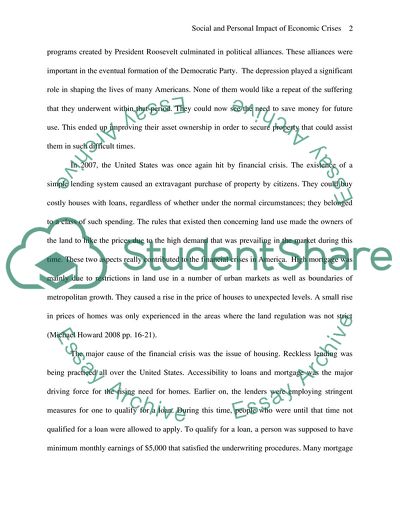Cite this document
(“The Social Impact of Economic Crises Research Proposal”, n.d.)
The Social Impact of Economic Crises Research Proposal. Retrieved from https://studentshare.org/macro-microeconomics/1550664-the-social-impact-of-economic-crises
The Social Impact of Economic Crises Research Proposal. Retrieved from https://studentshare.org/macro-microeconomics/1550664-the-social-impact-of-economic-crises
(The Social Impact of Economic Crises Research Proposal)
The Social Impact of Economic Crises Research Proposal. https://studentshare.org/macro-microeconomics/1550664-the-social-impact-of-economic-crises.
The Social Impact of Economic Crises Research Proposal. https://studentshare.org/macro-microeconomics/1550664-the-social-impact-of-economic-crises.
“The Social Impact of Economic Crises Research Proposal”, n.d. https://studentshare.org/macro-microeconomics/1550664-the-social-impact-of-economic-crises.


